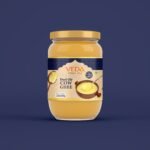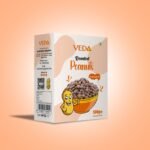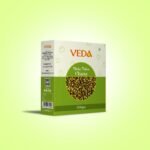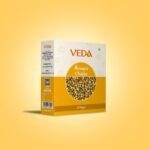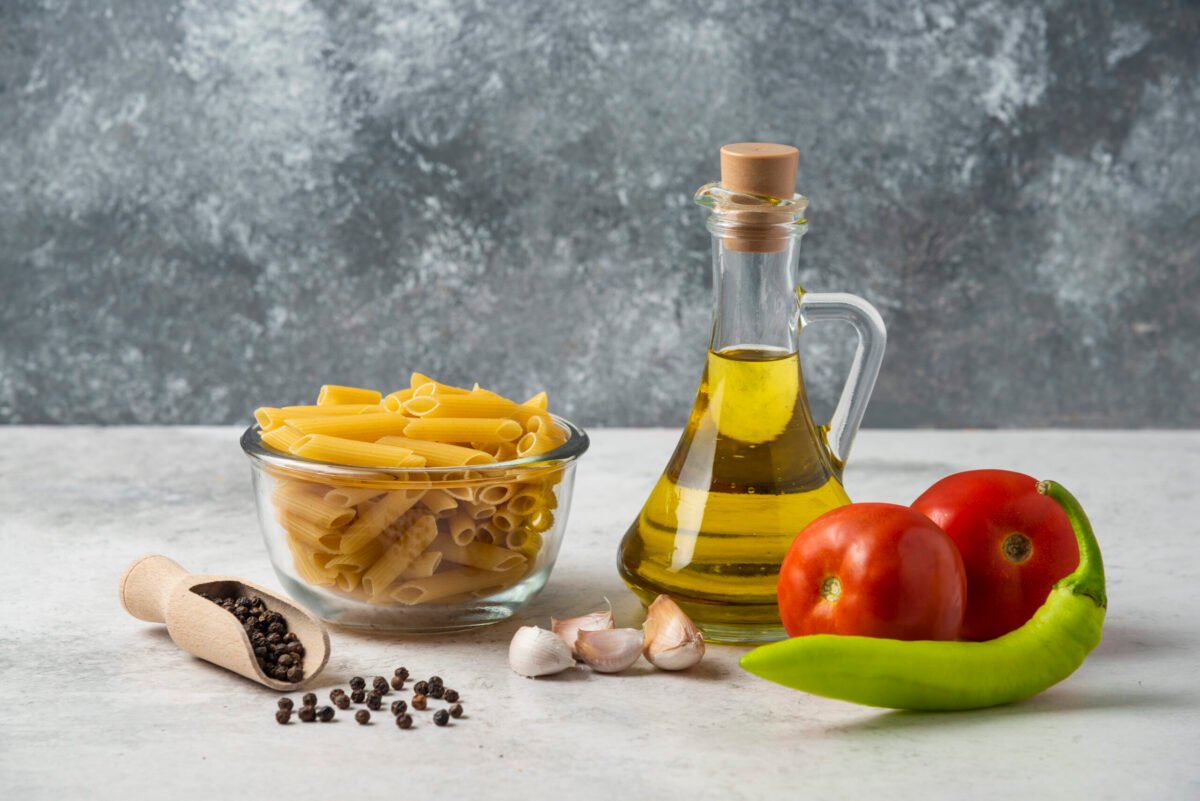
Cold-Pressed vs. Refined: The Truth About Groundnut Oil for Your Kitchen
Dinner gets easier when the bottle near the stove matches the job on the pan. Groundnut oil already fits home cooking because taste stays friendly and heat handling feels calm.
The real choice sits between cold-pressed and refined, and that choice shapes flavor, aroma, and timing on a busy night. In this guide we keep it simple with plain talk, small real-life moves, and a clear view of where each bottle shines so you cook with confidence.
What Each Type Really Means
Cold pressing uses a slow mechanical press on clean groundnuts at gentle temperatures, so the liquid keeps a soft nut note and a warm golden look. No harsh solvents touch the run and no heavy heat flattens taste.
Refined oil goes through extra cleaning steps that mute aroma and lighten color. Many large kitchens like this because the profile stays neutral and storage life often stretches longer. Both are groundnut at heart, yet they act differently in the pan and on the plate.
Flavor and Aroma You Can Actually Taste
Cold-pressed reads nutty and round. A teaspoon at the end of a sauté lays down a mild base that makes dal rice feel complete and keeps veggies tasting honest. Refined tastes quieter and almost invisible, which helps spice lines stand clear when you do a masala that must lead.
If you love a gentle nut lift on steamed greens or a drizzle on warm khichdi, cold-pressed delivers that feeling. If you prefer the dish to speak without a nut hint in the background, refined stays out of the way and lets the spices do the talking.
Heat Handling and Smoke Point Without Drama
Cold-pressed likes low to medium flame. Warm the pan until it shows a soft shimmer, add the oil, then move with purpose. That rhythm protects taste and avoids bitter edges.
Refined stays steadier on higher heat, so it suits a quick tadka that needs extra sizzle or a fast stir on days when dinner must land soon. If you want a fierce sear on paneer or a crisp finish on bhindi, start with refined for the hard work on the flame, then cut heat and finish with a small spoon of cold-pressed for a clean top note.
Nutrition and Processing Trade-Offs in Plain Words
Cold pressing aims to keep more of what the seed already holds because temperatures stay gentle and steps stay short. Many home cooks like that idea for finishing work and light sauté moves.
Refining focuses on stability and a neutral taste that plays well in big batches and long service windows. Both paths have a place.
If your week needs calm heat and friendly flavor, cold pressed groundnut oil fits easily. If your week leans on high-heat batches and bold spice, a refined bottle keeps the line moving.
Everyday Kitchen Map: When to Pick Which
- Finishing and light sauté: Reach for cold pressed groundnut oil to drizzle on hot rice with a pinch of salt and crushed garlic, or to toss into sautéed beans right after the flame is off. Aroma blooms fast and the plate feels rounded without heaviness.
- High-heat and fast browning: Choose refined for tadka that needs snap and for quick stir-fries on a lively flame. You get color without smoke in the room, and the taste stays clean.
Small Recipes That Prove the Point
- Warm veggie finish: Steam carrots until tender, cut the flame, then fold in a spoon of cold pressed groundnut oil and a touch of pepper. The tray picks up shine and a soft nut line, and kids usually say yes to second helpings.
- Quick noodle bowl: Toss hot noodles with refined oil and light soy for glide, then add spring onion and plate at once. If you want a rounder finish, circle back with a tiny drizzle of cold-pressed right before you serve.
- Weeknight dal: Build tadka on refined for pop, pour over the pot, then add a small swirl of cold-pressed at the table. The first spoon tastes brighter and the last spoon stays clean.
Buying Groundnut Oil Without Guesswork
Labels should be direct. Look for “cold-pressed” or “virgin” on one bottle and “refined” on the other so you know the path used. Cold-pressed should look pale golden with a gentle nut scent that feels fresh, not sharp.
Refined often looks lighter and smells quieter, which is normal. Dark glass helps block light and a snug cap keeps air out. Pick sizes you can finish in six or eight weeks so the last pour tastes like the first. That small habit protects flavor and saves money in the long run. You can trust VedaOils for buying one.
Storage Habits That Protect Taste
Park bottles in a cool, shaded cupboard away out of stove heat. Close the cap right after each pour and wipe the neck so drips do not turn sticky.
Keep the bottle upright and skip window shelves where the sun lands during the day. If a cold morning leaves the liquid a bit hazy, let it sit at room heat and it clears again. These quiet steps keep the aroma steady and reduce waste.
Cost, Value, and Shelf Space
You do not need a huge lineup to cook well. Two smart bottles cover most needs with calm timing. Keep cold-pressed near salad gear and finishing spoons, and keep refined near the main burner for sizzles that ask for a hotter pan.
Label caps for speed, like CP and R, then you grab the right one without thinking during rush hour. Because a teaspoon goes far, cost per plate stays friendly even if the cold-pressed tag sits slightly higher than everyday oils.
Planning repeat moves during the week keeps both bottles in steady rotation and stops them going stale.
Conclusion
Cold-pressed and refined are not rivals. They are partners that solve different parts of dinner. Cold-pressed brings a gentle nut line and a clean finish on calm heat, while refined carries high-heat tasks and lets spice blends sing without noise.
Keep both in reach, label the caps, and give each a clear job. If you want a steady, kitchen-friendly start, choose a fresh bottle of cold pressed groundnut oil from VedaOils for finishing work and light sauté, pair it with a refined pick for sizzles that need extra heat, and enjoy how small, smart moves make daily food taste better without extra effort.
